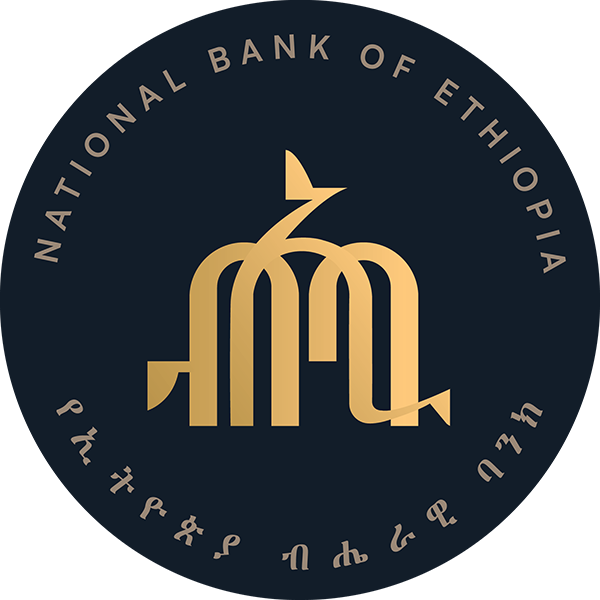The National Bank of Ethiopia (NBE) is the central bank of Ethiopia, established in 1963 and headquartered in Addis Ababa. As a state-owned institution, its core role is to maintain economic stability, formulate monetary policy, and supervise the financial system, rather than directly providing financial services to the public or businesses.
basic bank information
Ownership: Fully owned by the Government of Ethiopia.
>Type: Central bank, state-owned.
As a central bank, NBE does not directly provide financial services to the public, and its role is more similar to that of an executor and supervisor of economic policies, which is fundamentally different from that of commercial banks (such as deposits and loans).
name and background<
ul style="list-style-type: disc" type="disc">full name: National Bank of Ethiopia
Founded: 1963 (operations started in January 1964).
headquarters location: Addis Ababa, Ethiopia
Shareholder Background: Wholly owned by the Ethiopian government
During the Italian invasion of 1936-1941, banking activity expanded, and Italian banks were active. After liberation, Barclays Bank operated in Ethiopia from 1941 to 1943. On April 15, 1943, the National Bank of Ethiopia became the central bank and also functioned as a commercial bank until 1963, when it ceased operations.
In 1963, the National Bank was split into the National Bank of Ethiopia and the Commercial Bank of Ethiopia under Decree No. 206, and the NBE began operations in January 1964. In 1976, the Monetary and Banking Act No. 99 came into force, which adjusted the role of the bank in line with socialist principles and renamed the Ethiopian dollar to Ethiopian Birr.
liberalization reforms began in 1992 after the change of government in 1991. In 1994, the Monetary and Banking Act No. 83 made the NBE an independent legal entity and clarified its functions. In 2008, a major restructuring was carried out under Decree No. 591, introducing mobile banking, internet banking and digital financial services, promoting the development of financial intermediation and allowing foreign investment to enter the banking sector.
services and products
The main functions of the NBE include:
supervise and regulate the financial system and ensure the stability of banks and other financial institutions.
manages the country's foreign exchange reserves, which are about $9.6 billion as of November 2024, covering about 4.9 months of import needs.
issue currency and was responsible for the printing and circulation of Ethiopian birr.
acts as a bank and financial agent for the government in the affairs of the state's finances.
promote financial inclusion and support the development of digital payments and microfinance.
> formulating and implementing monetary policy, maintaining price stability, and targeting inflation of 2%-8%.
these functions are accomplished through partnerships with commercial banks and financial institutions in Ethiopia.
financial health
foreign exchange reserves: about US$9.6 billion in November 2024, covering 4.9 months of import needs, indicating strong currency stability.
Inflation rate: 4.11% in April 2025, within the target range (2%-8%), indicating that monetary policy is effective.
banking indicators: The capital adequacy ratio of Ethiopia's banking sector in 2023 is about 21.5% (minimum requirement is 15%), and the bad debt ratio is 4.1% (less than 5%), reflecting the health of the financial system.
NBE's financial stability is backed by the government, and its foreign exchange reserves and policy execution capacity ensure economic stability, despite challenges to public debt and credit growth.
technical innovation<
ul style="list-style-type: disc" type="disc">safe and secure interbank transactions using the SWIFT system
Provide online educational materials on the security features of banknotes to help the public identify authenticity
customer service
channel:
Phone: +251 011 551 7430
Live chat: No explicit support, contact form available on the website.
customer service is primarily for financial institutions and government departments, with the general public receiving indirect support through financial education campaigns such as the FinAccess Household Registration Survey, which was launched in December 2024.
security measures<
ul style="list-style-type: disc" type="disc">Technical security: data encryption and network security protocols are used to protect economic data and payment systems.
Physical security: Headquarters and branches are equipped with high standards of security to protect currency reserves and facilities.
Regulation: Ensuring the stability of the financial system through regulation and supervision, with climate risk management guidelines issued in 2023 requiring financial institutions to identify and manage environmental risks.
featured services and differentiation<
ul style="list-style-type: disc" type="disc">Monetary policy: control inflation and support economic growth by adjusting the central bank interest rate (10.00% on April 8, 2025).
Financial stability: monitoring banks' capital adequacy and risk management, with a May 2025 report showing a healthy banking sector.
Foreign exchange reserves management: US$9.6 billion in reserves to support the stability of Ethiopian Birr and safeguard international trade.
Financial Inclusion: Significant growth in the number of bank accounts in 2024 through FinAccess surveys and microfinance support to drive access to financial services.
International cooperation: Collaborate with the IMF, the World Bank, and others to share best practices and improve regional financial stability.
conclusion<
span style="font-family: sans-serif; color: black"> The National Bank of Ethiopia is the backbone of the Ethiopian economy, and as the central bank, it ensures the country's economic stability and financial security by setting monetary policy, supervising financial institutions, and managing foreign exchange reserves. While not providing banking services directly to individuals or businesses, it plays an indispensable role in maintaining the stability of the financial system and promoting economic development.













